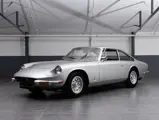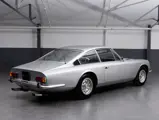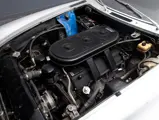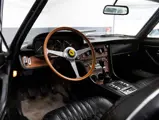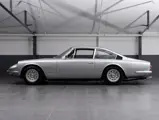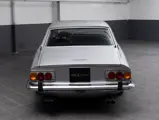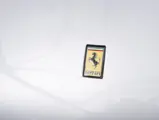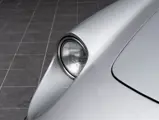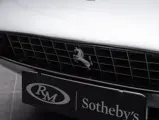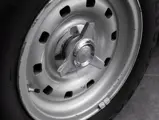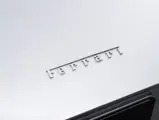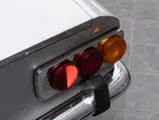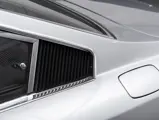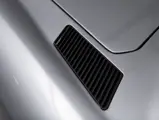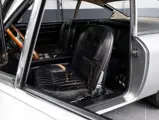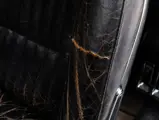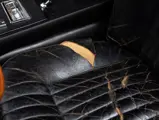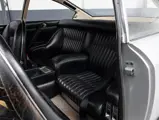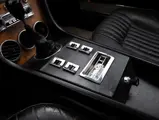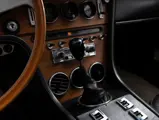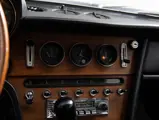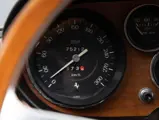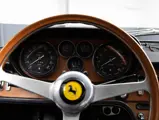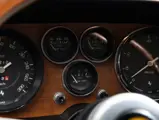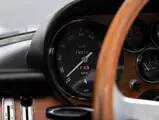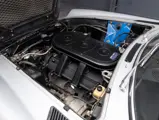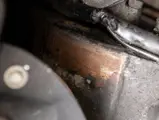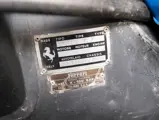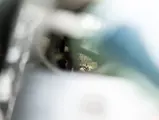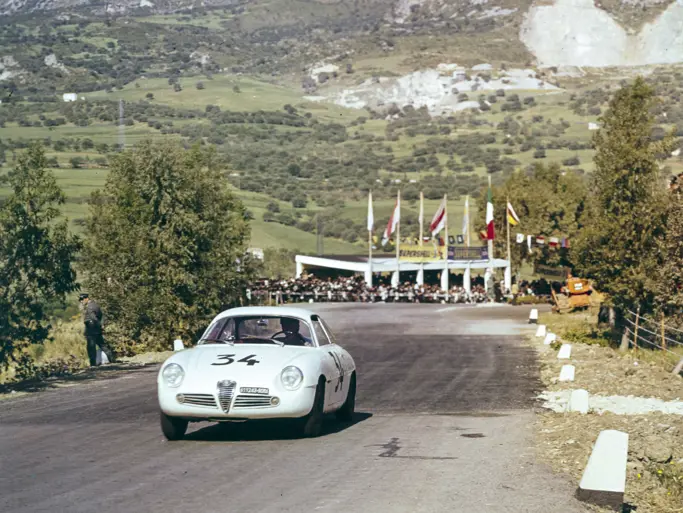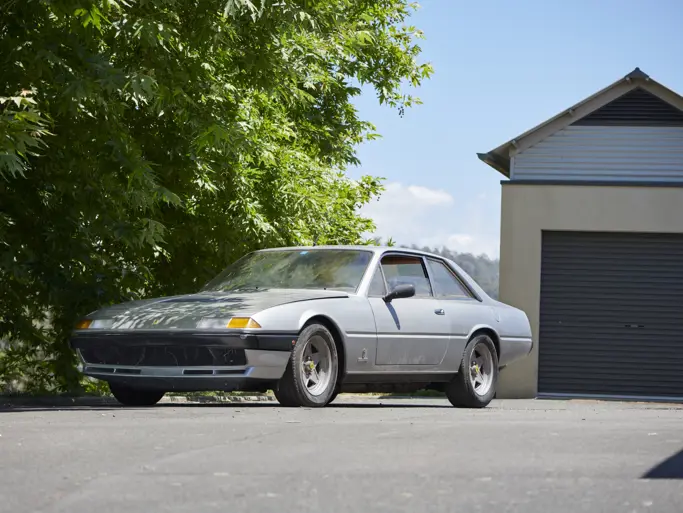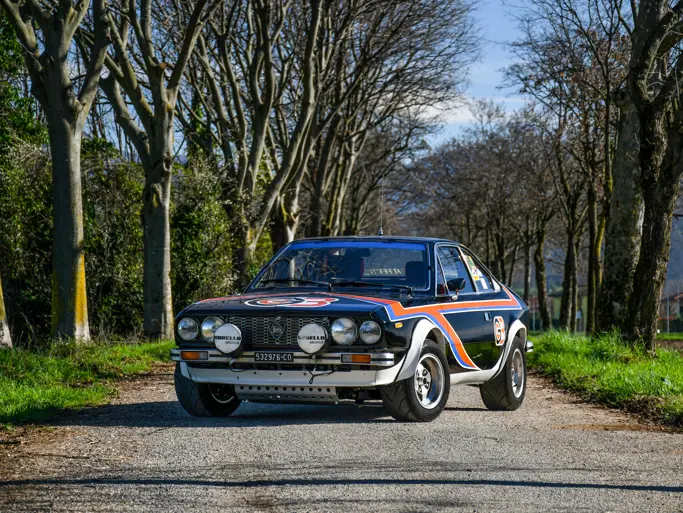The Guikas Collection
1968 Ferrari 365 GT 2+2 by Pininfarina
{{lr.item.text}}
€189,750 EUR | Sold
 | Le Castellet, France
| Le Castellet, France
{{internetCurrentBid}}
{{internetTimeLeft}}

- One of approximately 780 examples manufactured between 1967 to 1971
- Features air conditioning, power steering, power brakes, and electric windows
- Sold with Swedish papers and Bilprovning inspection certificates from 1997 to 2018
- Retains its matching-numbers engine, gearbox and rear axle
- Un des quelque 780 exemplaires produits entre 1967 et 1971
- Climatisation, direction assistée, freins assistés, vitres électriques
- Vendue avec des papiers suédois et des certificats d'inspection Bilprovning de 1997 à 2018
- Moteur, boîte et train arrière à numéros identiques
Introduced at the Paris Motor Show in 1967, the 365 GT 2+2 was Ferrari’s largest and most luxurious model to date, carrying forward the growing demand for opulent high-speed coupés in the 2+2 format. Designed and constructed by Pininfarina, it had a low-slung fastback design and was notably the first Ferrari grand tourer equipped with standard power steering and brakes and electric windows. Unlike the 330 GT 2+2 it replaced, the 365 GT 2+2 was equipped with self-levelling independent rear suspension.
The model’s 4.4-litre V-12 engine was fitted with three Weber carburettors and was factory-rated at 320 horsepower. Such performance was combined with luxurious expanses of plush leather around the interior alongside veneer trim panels, a wood-rimmed steering wheel, air conditioning, and a radio. Ferrari built just over 780 examples between 1967 and 1971, making the 365 GT 2+2 the most successful model in the 365 lineup.
This car, chassis number 11525, was sold new in Italy to first owner Sig. Oggioni. However, within a few years the car is believed to have entered Sweden on 26 July 1974 and subsequently sold to Sven Jonas Liden in the Djursholm area. Passing into present ownership in 2019, the car is finished in silver, sitting on Ferrari knock-off steel wheels, with black leather seats, door cards and centre tunnel, biscuit carpets and a veneered centre console with a Blaupunkt radio.
Further presented with Bilprovning inspection certificates from September 1997 to June 2018, the car is also accompanied by a printed Ferrari manual copy as well as a recent inspection report from Ferrari Classiche.
Dévoilée au Salon de Paris 1967, la 365 GT 2+2 était la Ferrari la plus spacieuse et la plus luxueuse jamais produite ; elle répondait à la demande grandissante pour un opulent coupé de performances élevées, en configuration 2+2. Dessinée et fabriquée par Pininfarina, affichant une ligne basse et effilée, c'était aussi la première Ferrari dotée en série d'une direction assistée, de freins assistés et de vitres électriques. Contrairement à la 330 GT 2+2 qu'elle remplaçait, la 365 GT 2+2 était également équipée d'une suspension arrière à correcteur d'assiette.
Son V12 de 4,4 litres était alimenté par trois carburateurs Weber et développait 320 ch. Cette puissance se combinait à une abondance de cuir luxueux habillant l'habitacle, à des panneaux de bois, à un volant à jante bois, à un système de climatisation et à un autoradio. Ferrari a produit un peu plus de 780 exemplaires de ce modèle entre 1967 et 1971, ce qui fait de la 365 GT 2+2 la plus grande réussite commerciale de la gamme 365.
Cette voiture, châssis 11525, a été vendue neuve en Italie à son premier propriétaire, Sig. Oggioni. Cependant, après quelques années la voiture aurait été importée en Suède le 26 juillet 1974 pour être ensuite vendue à Sven Jonas Liden, dans la région de Djursholm. Achetée en 2019 par son actuel propriétaire, cette 365 GT 2+2 est de couleur argent et repose sur des jantes Ferrari en acier à serrage central. Elle présente des sièges, contreportes et tunnel central en cuir noir, des moquettes biscuit, une console centrale à finition bois et un autoradio Blaupunkt.
Vendue avec des certificats d'inspection Bilprovning de septembre 1997 à juin 2018, elle est aussi accompagnée d'une copie du manuel Ferrari et d'un rapport d'inspection récent de Ferrari Classiche.

